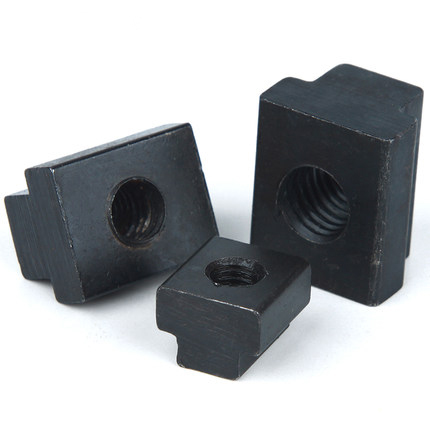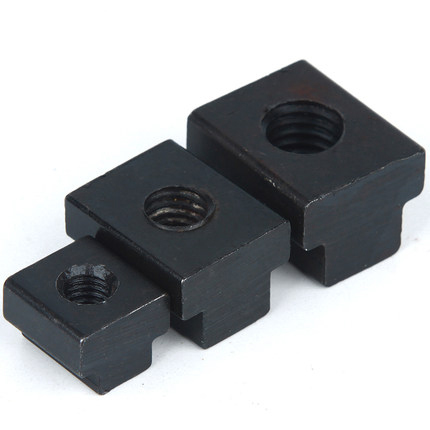In the realm of instrumentation and industrial automation, sensors and transmitters, particularly smart pressure transmitters, play a crucial role that goes beyond merely converting non-electrical signals into measurable outputs. Smart pressure transmitters often offer additional functionality, such as data processing and system optimization, which significantly enhances their utility compared to traditional sensors. This article aims to provide users with a concise overview of the features of intelligent pressure transmitters, helping them make informed choices.
The intelligent pressure transmitter is essentially composed of a sensor and a micro-processor, often referred to as a microcomputer. By leveraging the computational and storage capabilities of the microprocessor, these devices can efficiently handle sensor data. This includes tasks such as signal conditioning (filtering, amplification), analog-to-digital conversion, data visualization, active compensation, and calibration. The microprocessor serves as the heart of the intelligent pressure transmitter, not only performing calculations and storing data but also optimizing the sensor's performance through feedback loops. Thanks to its advanced software and hardware capabilities, the microprocessor ensures the transmitter can handle complex tasks, reducing the complexity involved in designing the sensor while enhancing its overall functionality.
Intelligent pressure transmitters come equipped with several notable features:
1. **Active Compensation Capability**: The software within these transmitters can actively correct issues like non-linearity, temperature drift, and time drift, ensuring consistent performance over time.
2. **Self-Diagnosis**: Upon power-up, the sensor can conduct a self-test to verify its operational status, providing valuable diagnostic information to the user.
3. **Data Processing**: These transmitters excel at processing data accurately and efficiently. They can remove anomalies, perform calculations, and adapt to various conditions dynamically.
4. **Two-Way Communication**: Beyond just receiving and processing sensor data, intelligent pressure transmitters can communicate back to the sensor, allowing for real-time adjustments and control of the measurement process.
5. **Information Storage and Retrieval**: They can store critical data such as sensor characteristics, configuration details, and compensation parameters, making maintenance and troubleshooting more straightforward.
6. **Digital Interface Output**: Equipped with a digital interface, these transmitters can easily integrate with computers or fieldbus systems, facilitating seamless connectivity and data exchange in modern industrial environments.
The integration of such advanced features makes intelligent pressure transmitters indispensable in today’s highly automated industrial settings. Their ability to process data, communicate effectively, and adapt to changing conditions ensures they remain at the forefront of technological advancement.
Source: [http://www.example.com](http://www.example.com)
V cone flowmeter: [http://www.vconeflowmeter.com](http://www.vconeflowmeter.com)
These transmitters are increasingly being adopted across industries due to their reliability, flexibility, and efficiency. As technology continues to evolve, we can expect even more sophisticated models to emerge, further enhancing their capabilities and applications.
China Slot Nuts,T Track Nuts supplier & manufacturer, offer low price, high quality T Slot Nuts Bunnings ,Tee Slot Nuts, etc.

Slot Nuts,T Track Nuts,T Slot Nuts Bunnings ,Tee Slot Nuts
Kunshan Zhonggu Precision Hardware Co., Ltd. , https://www.zgfastener.com